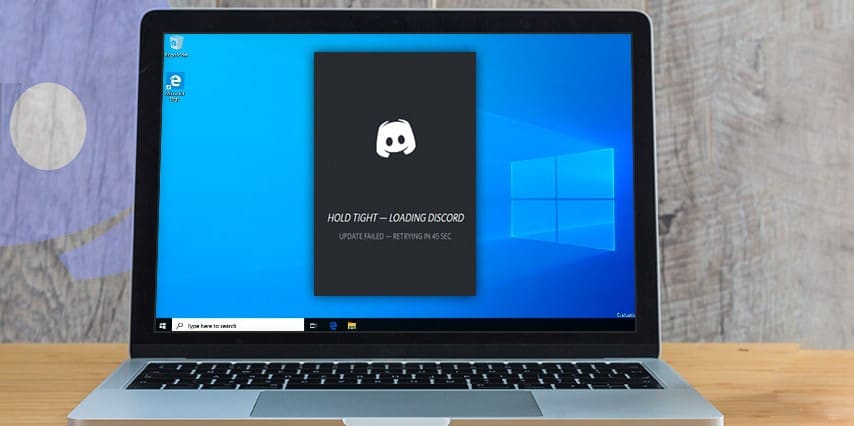
A spouse often wants to know what is allowed during a separation. For example, can a spouse make a decision on family residence alone before the divorce notice is filed in court?
In the event of a marriage or common-law relationship breakdown, some spouses find it economical, practical, and easy for their children to continue living in the house. This is usually until a final agreement is reached, despite being separated, on the final orders for child custody and property issues.
However, this is not always an option and cannot be done in situations where the relationship breakdown is particularly hostile or violent. Living under the same roof is not ideal if children continue to suffer from debates and arguments.
What if you can’t stay together and want to keep the family house on your own before all the issues are finally resolved?
Ideally, the best initial intention is to reach a practical consensus with your spouse by seeking wise choices. For example, can your spouse live with their parents? However, if an agreement cannot be reached, or negotiations are not possible due to domestic violence, you should seek advice on how to apply to the court for an exclusive vocation order to the marital house. It is based entirely on Family Law Act 1975.
The court has a wide range of discretionary powers to arbitrate such cases. Each case is based on merit, facts and circumstances, but in a broad sense, courts generally consider the following:
- Is the application reasonable or unnecessary?
- The interests of the children.
- Relations between the parties.
- The financial situation of the parties.
- Whether it is possible and economically feasible for either party to obtain alternative accommodation.
- The problem of domestic violence.
- Alternative options available to all parties, such as moving temporarily with parents or moving to an investment property.
- Convenience or difficulty caused by the movement of a part.
- Other matters that the court considers relevant.
The court does not limit itself to the above list and will make such orders as it deems appropriate based on the circumstances of the case.
Who can stay at home?
Both spouses can live in the house at the time of the separation, regardless of who bought the property. In theory, one spouse cannot force the other spouse. A spouse who decides to leave can return home at any time.
If the couple decides to go their separate ways, it is best to agree on who shall keep the home. The contract may include who owns the exclusive right to use the house. The spouses can file the agreement together with the notice of divorce to the court. If the spouse does not agree, the court will rule.
Change of locks after separating
Since both spouses have the right to stay at home during their separation, neither party is generally allowed to change the lock on the door without notifying the other. However, your spouse may have a good reason to change the lock, even before the divorce.
Exclusive residence
How can one spouse be entitled to housing and prevent the other spouse from entering? The spouse must then make an urgent request to the judge. The request is linked to the divorce petition she submitted or received. The requirement to live in a house and prohibit the other person from living in it is called the exclusive family home protection order.
In other words, even though the other person owns the house, the spouse asks the judge to stay home and temporarily remove the other person from the house. For a spouse sentenced to leave after a judge decides, he or she is not allowed to live in or enter the house with the permission of the other party.
The decision can take days or weeks. Judges consider the following factors in deciding who is home and who should leave:
- Disadvantage for spouses and their children if they have to leave
- The interests of the children
- If the spouse can find other accommodation
Closely related to child custody is the exclusive right to live in a house. The guardian spouse is more likely to be left in the home. Having to move to a new place does not usually benefit children, as the separation of parents makes them miserable already.
Choices of a kicked-out spouse
A spouse who is forced to leave the house by a spouse who has not been ordered by a judge can also apply for an exclusive family home protection order. A spouse who has been deported without permission can ask for authority of the judge to deport the other spouse and for them to move back in. Deported spouses must act quickly. In general, the longer the delay, the less likely the judge is to send the spouse home.
Spouse who are home co-owners
If a spouse is forced to own a joint home, he can ask for financial compensation for not having allowed him to use the housing. This is especially true if your spouse still has to pay part of the costs (mortgage, electricity, etc.) and live elsewhere.
Conclusion
Home accommodation can be a difficult problem when a couple separates. Usually the couple jointly owns a family home, or both are listed in the rental agreement. After separation, there may be differences between the parties over who should have the right to live there when sorting property issues. If an agreement can be reached on the residency, the couple can enter into an informal agreement or sign a formal agreement. Whether a formal agreement is necessary depends on the situation and whether an agreement is reached. Legal binding on the owner of the property is also an option, where parties sign a formal ownership agreement after receiving independent legal advice from a lawyer like Matrimonial Home. Legal experts can help determine debate on the best interests of their clients, putting in mind what is at risk.


![[pii_email_c0872b2275c5451a2577]](https://www.allnetarticles.net/wp-content/uploads/2021/09/How-To-Fix-Error-pii_email_c0872b2275c5451a2577-in-Email.png)
![[pii_email_c75373ce5b34bf577425]](https://www.allnetarticles.net/wp-content/uploads/2021/08/Fix-pii_email_c75373ce5b34bf577425-in-3-Working-Ways.jpg)
